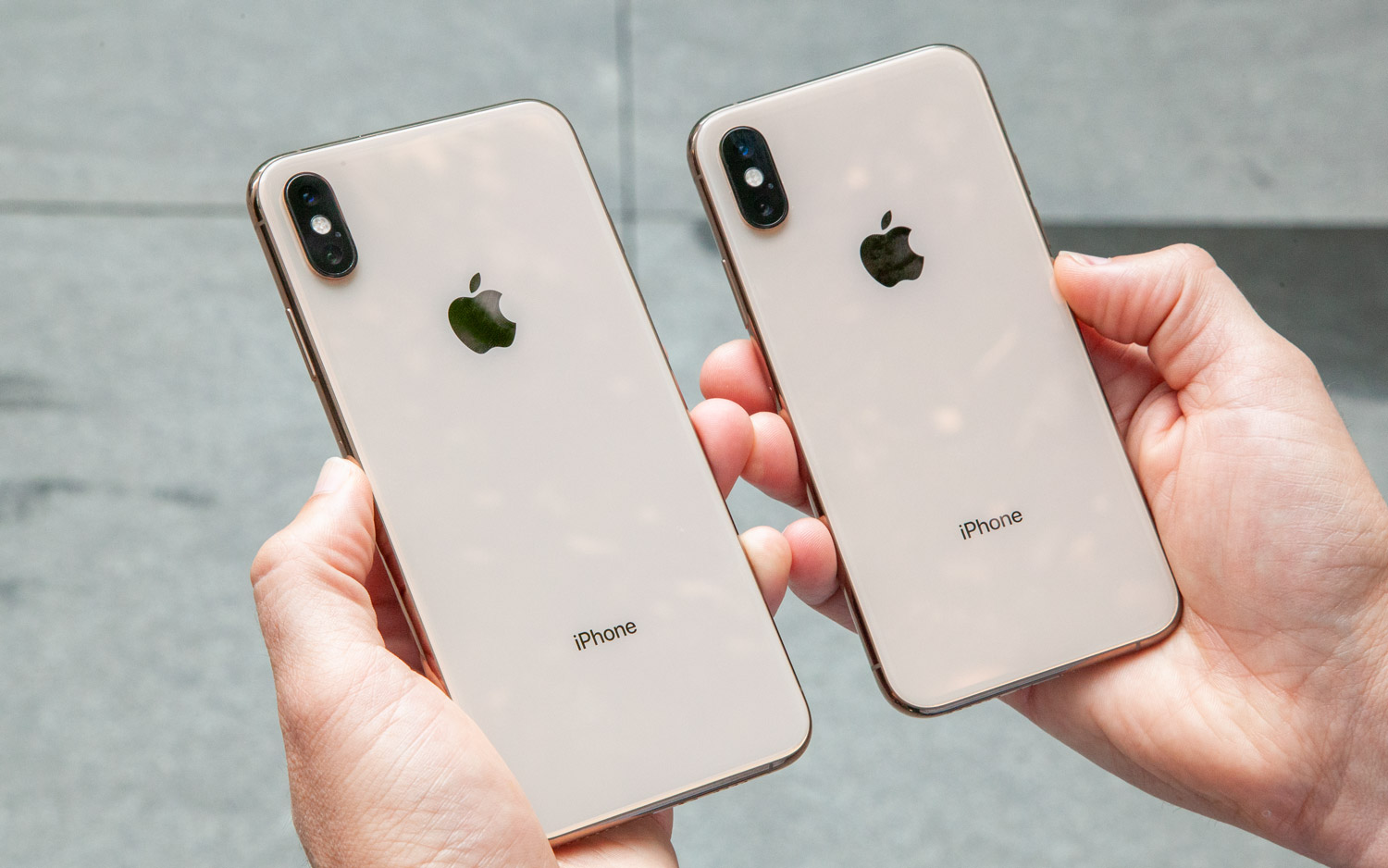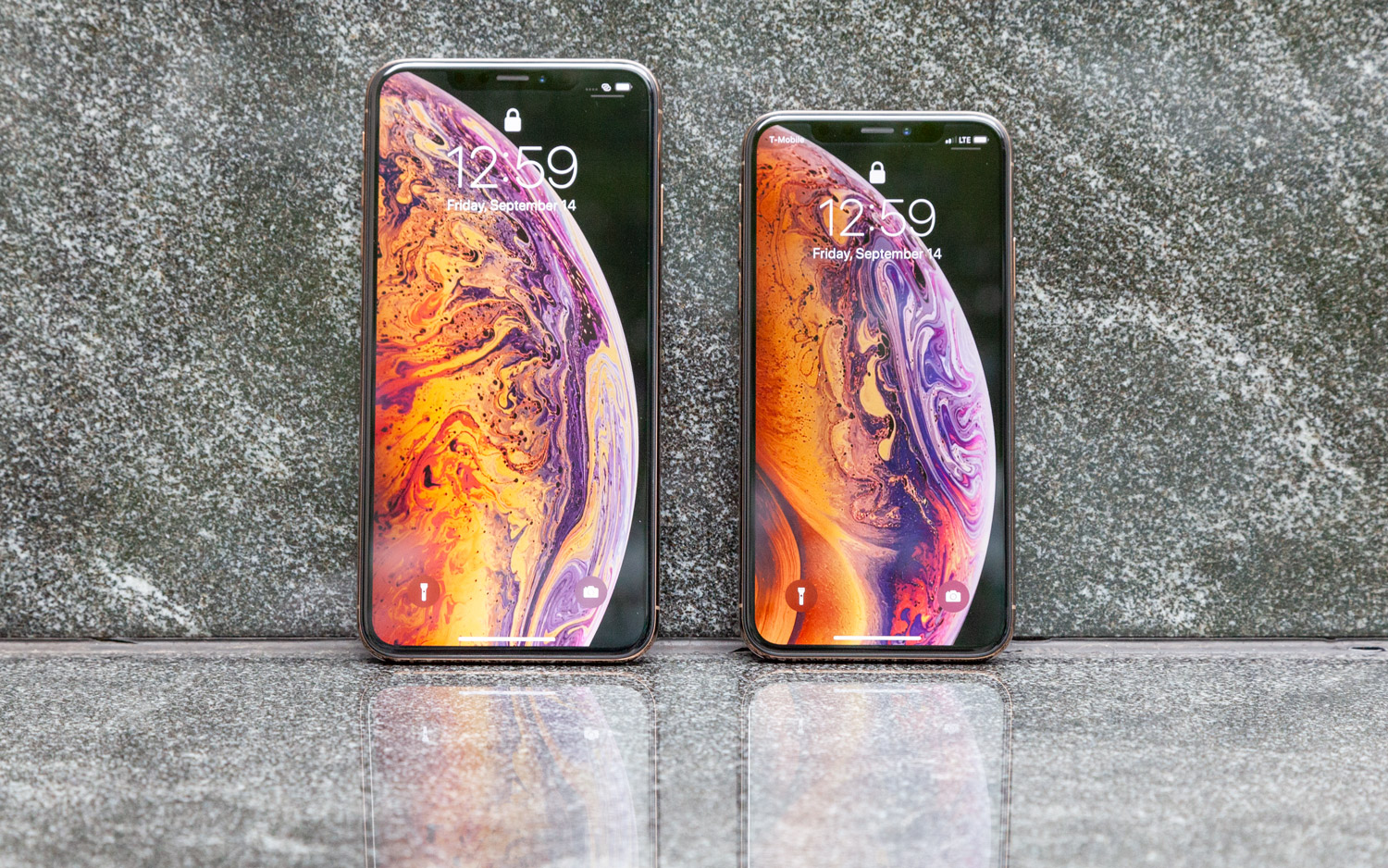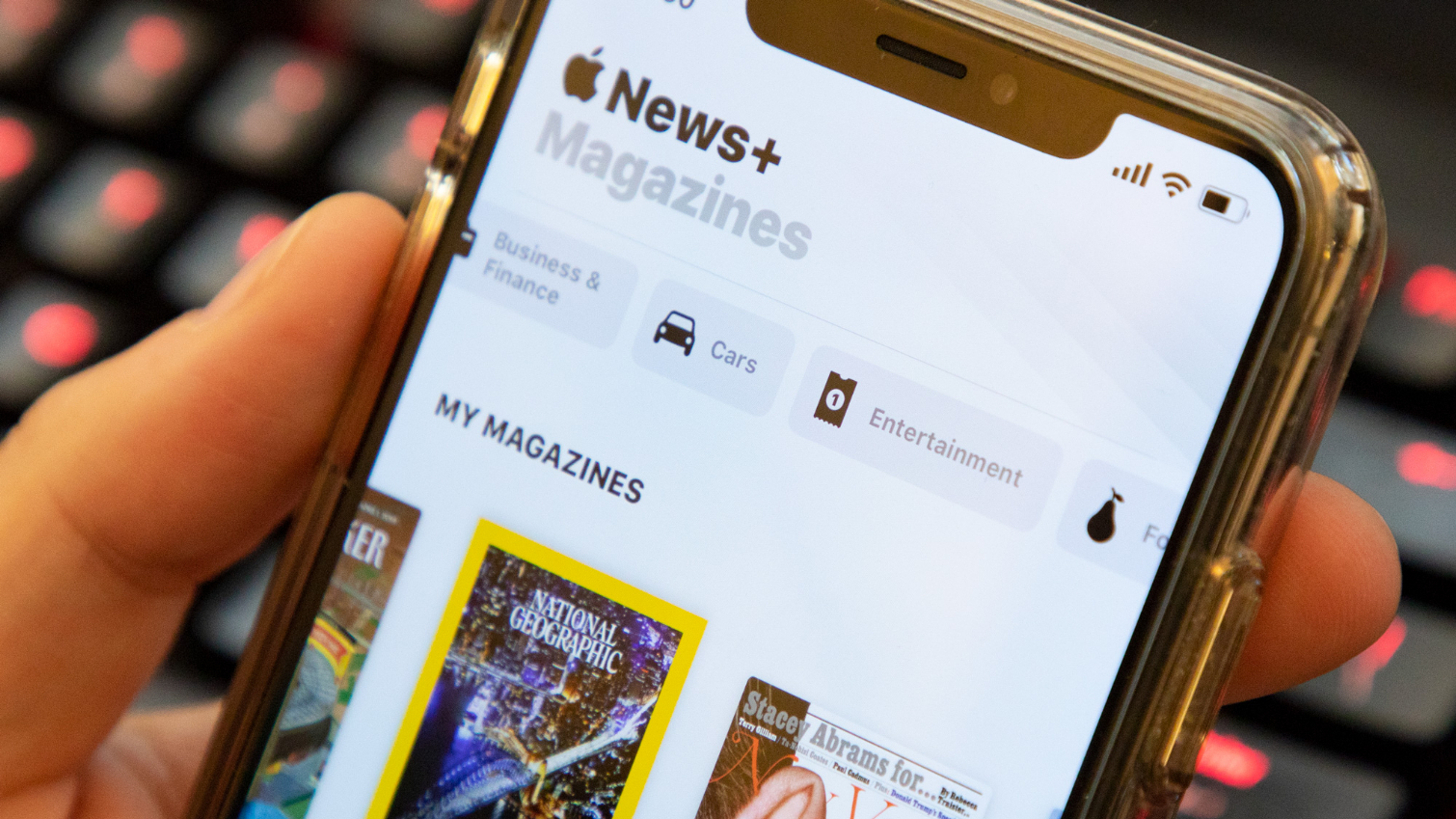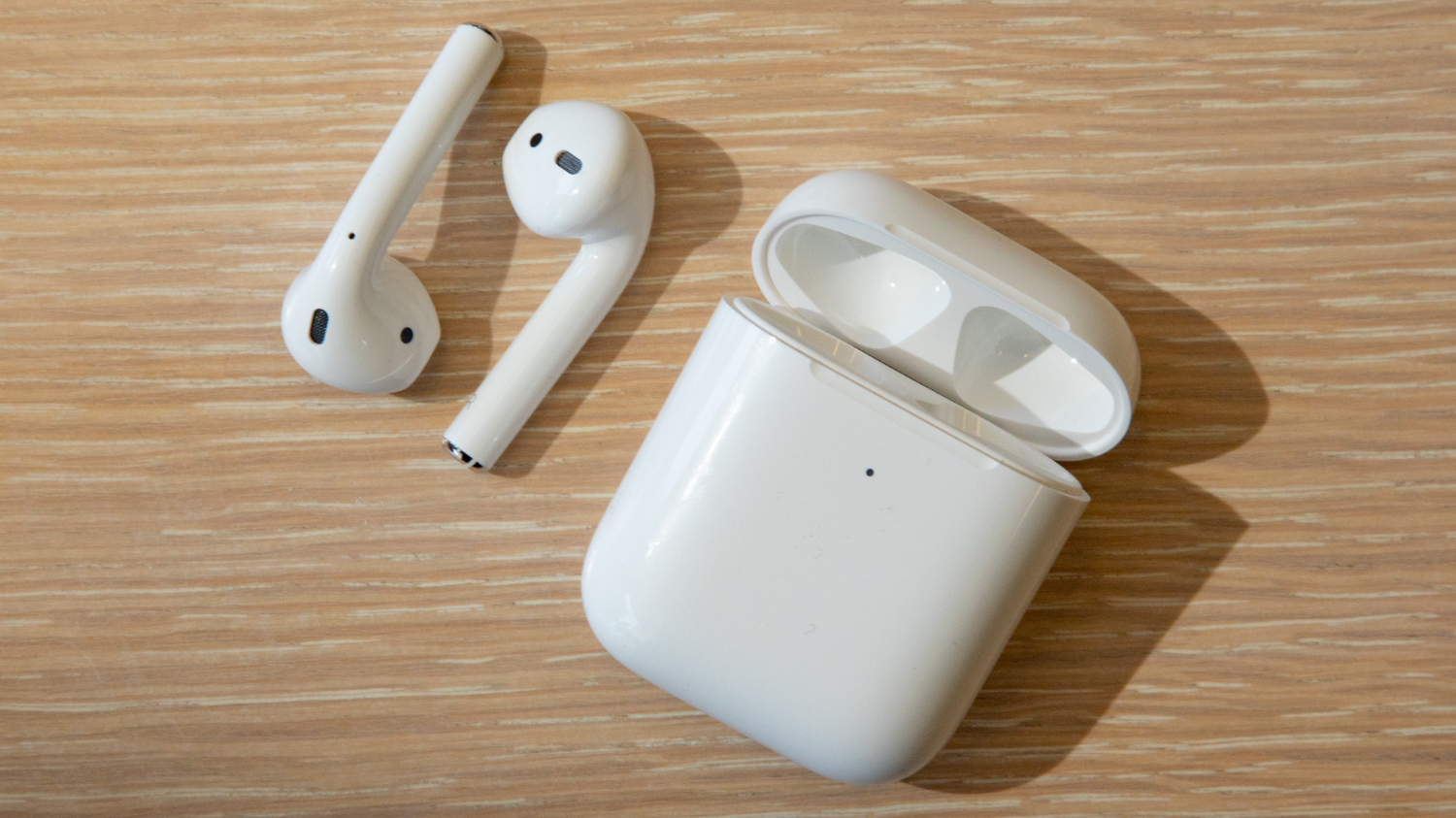Apple’s iPhone Sales Continue to Slump as Services Surge
Apple is counting on services like Apple Music and accessories like the Apple Watch to pick up the slack for iPhone.
Updated 6:50 pm ET: Added information from Apple's quarterly earnings call and analyst comments.
After a shaky holiday quarter in which iPhone sales declined for the first time ever, Apple needed a winning start to 2019.

Well, iPhone sales are still slipping — the company made $6 billion less from iPhone sales in the second quarter of 2019 than it did in the same quarter last year — but Apple is still turning a profit. The company’s focus going forward remains services and wearables, two categories CEO Tim Cook has highlighted every quarter as it became clear that iPhones couldn’t sustain Apple forever.
A Changing Apple (Revenue by Category)
| Row 0 - Cell 0 | Q2 2019 | Q2 2018 |
| iPhone | 53.5% | 61% |
| Services | 19.7% | 16.1% |
| Mac | 9.5% | 9.4% |
| Wearables, Home and Accessories | 8.8% | 6.5% |
| iPad | 8.3% | 6.6% |
The iPhone still accounts for 54 percent of Apple's business, but that's declining. Last year, the iPhone made up 61 percent of sales.
Overall, Apple’s revenue dipped 5 percent year-over-year, down to $58 billion. But revenue from services, which include Apple Music and Apple Pay, grew by $1.6 billion, up to $11.5 billion. The wearables and accessories category, which includes the Apple Watch and AirPods, grew $1.2 billion year-over-year. Apple is counting on that growth to make up for the iPhone's decline.
MORE: Apple Is No Longer the iPhone Company
Sign up to get the BEST of Tom's Guide direct to your inbox.
Get instant access to breaking news, the hottest reviews, great deals and helpful tips.
“Our March quarter results show the continued strength of our installed base of over 1.4 billion active devices, as we set an all-time record for services, and the strong momentum of our wearables, home and accessories category, which set a new March quarter record,” Cook said in the company’s second-quarter report.
“We delivered our strongest iPad growth in six years, and we are as excited as ever about our pipeline of innovative hardware, software and services. We’re looking forward to sharing more with developers and customers at Apple’s 30th annual Worldwide Developers Conference in June.”
iPhones: Challenges in China
Apple is still struggling to sell iPhones in China, which is dragging overall revenue down. Overall revenue in Greater China sank 22 percent year-over-year, from $13 billion to $10.2 billion.

But Cook said November and December were the toughest months for iPhone sales, and that sales picked up toward the end of March. Apple adjusted the prices of iPhones, and the Chinese government reduced sales taxes, which spurred more sales.
“In the iPhone space, we saw a better year-over-year performance in the last weeks of the quarter,” he said during the company’s earnings call. “Our trade-in and financing programs that we implemented in our retail stores have been very well-received there.
“There’s an improved trade dialogue between the U.S. and China, and from our point of view, this has affected consumer confidence on the ground there in a positive way,” Cook added. “We feel a lot better than we did 90 days ago.”
Services: Subscriptions are the future
There are more than 1.4 billion devices active in the Apple ecosystem, and the company is hyper-focused on making services a reason to stay in that ecosystem. Cook highlighted recently announced — some which have yet to launch — services that will keep iPhone owners engaged, and perhaps even prompt them to pick up more devices to use those services.

Apple News+, the $9.99-a-month magazine subscription service that launched last month; Apple Arcade, the upcoming gaming subscription service; and Apple TV+, a streaming service with exclusive original content, are expected to drive up services revenue. Apple Arcade and Apple TV+ will launch this fall.
Apple is also focused on finance, with its Apple Card debuting in the summer to make it easier for customers to spend money (and give them cash back for spending it on Apple products). The card will be closely linked to Apple Pay, for those who sign up, and promises to eliminate the high interest rates and shady fees other credit card companies impose.
Apple Pay transactions doubled year-over-year, Cook said, and Apple expects more people to use it as American transit systems (including New York City’s MTA) start supporting contactless payments. The MTA rollout will start in early summer. Ticketmaster is also adding Apple Pay support online and in its app, and venues around the country will soon begin accepting Apple Pay.
Apple added 30 million subscribers to its services across the business in Q2. The company is counting on that number to grow going forward. Accounting for 20 percent of Apple’s revenue, services are serious business.
“We wouldn’t do a service we didn’t think would be meaningful,” Cook said. “These aren’t hobbies.”
Wearables: AirPods ‘a cultural phenomenon’
Apple’s wearables business, driven by the Apple Watch and AirPods, grew 50 percent year-over-year, and is now the size of a Fortune 200 company (if Apple were to ever spin it out).

Apple refreshed AirPods toward the end of the quarter with an incremental upgrade that includes a wireless charging case.
“Demand has been incredible,” Cook said. “This is nothing less than a cultural phenomenon.”
What About 5G?
As you might imagine, Cook had little to say about when we can expect a 5G iPhone, telling analysts he was going to “punt on” a related question.
“We try to select the right time that things come together and get those into products as soon as we can,” he added.
Outlook
The good news for Apple: Despite declining iPhone sales, accurate guidance for the quarter has Wall Street feeling upbeat about the company's prospects. Its stock is up more than 5 percent in after-hours trading.
"Apple is not growing services fast enough to offset declining iPhone sales in the near term, but the growth trajectory looks good," said Techsponential lead analyst Avi Greengart. "Apple is also seeing strong results in wearables — AirPods and Watch alone exceed many company's revenues."
More announcements are expected in early June at Apple’s annual Worldwide Developers Conference, including updates for iOS, macOS and watchOS. Big changes could encourage people to buy new iPhones — or at least convince them to subscribe to a few services.
Caitlin is a Senior editor for Gizmodo. She has also worked on Tom's Guide, Macworld, PCWorld and the Las Vegas Review-Journal. When she's not testing out the latest devices, you can find her running around the streets of Los Angeles, putting in morning miles or searching for the best tacos.
